White Ash Tree
- October 10, 2023
- 0 comment
The White Ash (Fraxinus americana) stands as a majestic symbol of North American landscapes, captivating observers with its graceful form and seasonal transformations. Its towering stature, reaching between 50 to 80 feet in height with a broad crown, creates a prominent presence in various ecosystems. The White Ash’s distinct features include a straight trunk, compound leaves with seven serrated leaflets, and an extraordinary display of color during the fall months, when the leaves turn various shades of purple, red, and orange. In the spring, the tree adorns itself with clusters of inconspicuous flowers that evolve into distinctive winged seeds.
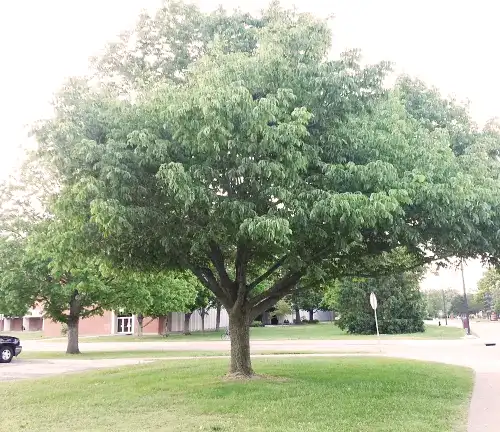
Beyond its aesthetic allure, the White Ash contributes significantly to industries and craftsmanship due to the exceptional qualities of its wood. The timber, prized for its strength, straight grain, and flexibility, is sought after for a myriad of applications. From tool handles that require durability to sports equipment like baseball bats and the intricate craftsmanship of fine furniture, the White Ash plays a vital role in various aspects of human life.
The significance of the White Ash goes beyond its ecological and economic contributions; it intertwines with cultural and historical narratives. The tree’s decline poses challenges not just to biodiversity but also to the communities and industries that have relied on it for generations. Preserving the White Ash thus becomes a multifaceted endeavor, highlighting the delicate balance needed between nature and human activities. It underscores the need for sustainable practices, conservation awareness, and a commitment to protecting not just a species but the intricate web of relationships it sustains within ecosystems and human communities. The White Ash’s story is one of resilience, adaptation, and the ongoing quest to find harmony between the natural world and human aspirations.
| Characteristic | Description |
| Scientific Name | Fraxinus americana |
| Height | 50 to 80 feet |
| Spread | 30 to 50 feet |
| Bloom time | Spring |
| Sun exposure | Full sun to partial shade |
| Soil type | Well-drained, sandy loam |
| Hardiness | USDA zones 4-8 |
| Family | Oleaceae |
| Growth Rate | Moderate to Fast |
| Longevity | Typically lives 200 to 300 years in favorable conditions |
A Brief History
The White Ash tree, scientifically known as Fraxinus americana, holds a rich and fascinating history that intertwines with the fabric of North America. Indigenous to the eastern and central parts of the continent, this tree has been witness to centuries of ecological transformations and human developments.

Color/Appearance

Distinguished by its pale and creamy sapwood coupled with a heartwood that ranges from light to medium brown, the White Ash boasts a delightful contrast in its appearance. Its straight grain and smooth texture add to the aesthetic appeal, making it a favorite among woodworkers and artisans.
Unique Features
What sets the White Ash apart is its exceptional strength-to-weight ratio, making it a preferred choice for various applications. The tree’s compound leaves, consisting of seven elliptical leaflets, create a distinct and recognizable appearance in the forest landscape.

Ecological Importance
Beyond its visual allure, the White Ash plays a vital role in the ecosystems it inhabits. Serving as a primary food source for various wildlife, the tree contributes to biodiversity and helps maintain the delicate balance of nature.
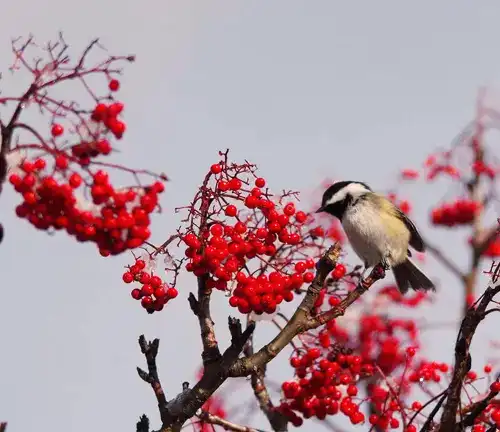

Adaptation and Resilience
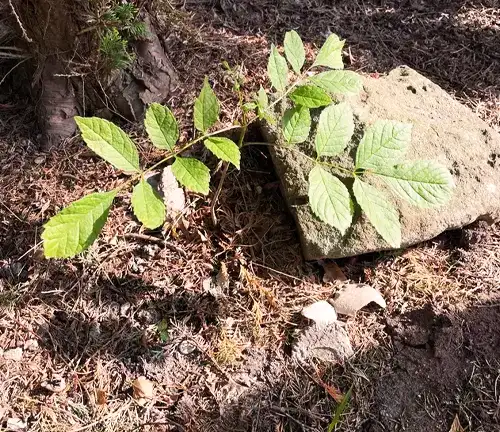
One of nature’s survivors, the White Ash has demonstrated remarkable adaptability to diverse environments. Its ability to thrive in a range of soils, from wet to well-drained, showcases a resilience that has allowed it to endure and prosper through changing climates.
Cultivation and Care
For those seeking to cultivate White Ash, understanding its preferences is key. With a penchant for full sun and well-drained soil, these trees require minimal care once established. However, early attention to potential threats like pests and diseases is crucial.
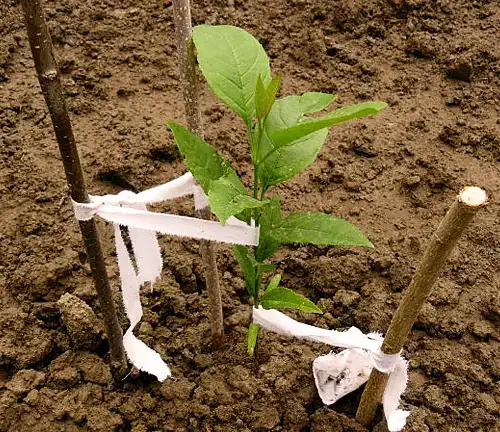
Wood Products and Applications
The wood of the White Ash is highly prized for its strength and flexibility. Its application spans a wide spectrum, from sports equipment like baseball bats to furniture and flooring. The versatile wood has left an indelible mark on various industries.


Other Uses
The White Ash tree boasts a wide range of uses beyond woodworking. It has historical significance in traditional medicine, with its bark and leaves used for remedies. Its flexible wood is ideal for basket weaving, and it has been employed for crafting tools and tool handles. White Ash trees are planted for shade and landscaping, while in Native American cultures, they hold cultural importance. The wood is favored by artists and crafters for its ease of carving. It also contributes to biodiversity as a habitat for wildlife serves in land reclamation, and is a subject of scientific research on forest ecosystems.
Threats and Conservation
Despite its resilience, the White Ash faces threats such as the emerald ash borer, an invasive insect causing widespread damage. Conservation efforts are underway to preserve this invaluable species, emphasizing the importance of maintaining healthy ecosystems.
Benefits
The benefits of the White Ash extend beyond its tangible uses. Its role in carbon sequestration, soil stabilization, and provision of habitat for countless species highlights its broader ecological contributions.
Conclusion
In the grand tapestry of nature, the White Ash stands as a symbol of strength, adaptability, and ecological interconnectedness. From its historical roots to its widespread applications, this tree embodies the intricate dance between humanity and the natural world, urging us to appreciate, protect, and sustain the delicate balance that surrounds us.
Frequently Asked Questions (FAQs)
- Is White Ash wood really the best choice for baseball bats?
White Ash wood is indeed a top choice for baseball bats due to its exceptional strength-to-weight ratio, which allows players to generate more power and control. However, some other woods, like maple and hickory, are also used for baseball bats, each offering slightly different characteristics and performance. - Can White Ash trees communicate with each other?
White Ash trees, like many other trees, communicate with each other through chemical signals. When under attack by herbivores or pests, they can release chemical compounds into the air to signal neighboring trees, which may then activate their own defense mechanisms. This form of inter-tree communication is part of a complex network in forests known as the “Wood Wide Web.” - Do White Ash trees change gender?
White Ash trees are dioecious, meaning they have distinct male and female trees. Male trees produce pollen, while female trees bear seeds. Unlike some plant species that can change gender under certain conditions, White Ash trees maintain their gender throughout their lifespan. - Can White Ash trees hybridize with other species of Ash trees?
Yes, White Ash trees have the ability to hybridize with other species of Ash trees. Hybridization can occur when White Ash trees crossbreed with different Ash species, leading to unique genetic variations. This process is of interest in conservation efforts and studying the adaptability of these trees to changing environmental conditions. - What is the connection between White Ash and Native American cultures?
White Ash trees have a deep cultural significance for many Native American tribes. They historically used various parts of the tree, such as the bark and wood, for crafting tools, baskets, and ceremonial items. The tree’s cultural importance continues today, as it plays a role in traditional practices and storytelling within indigenous communities.


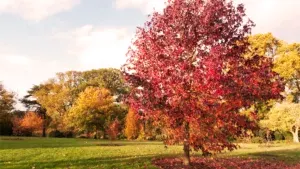
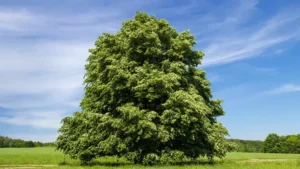
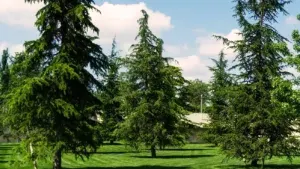
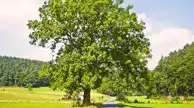

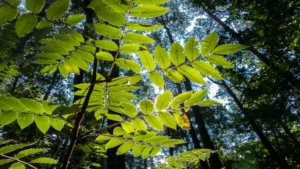
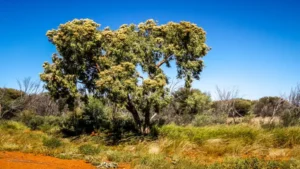

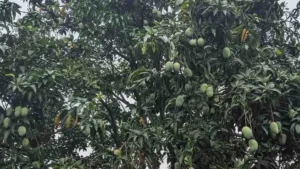
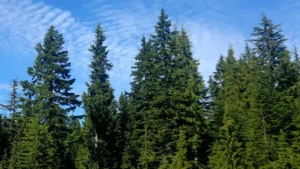
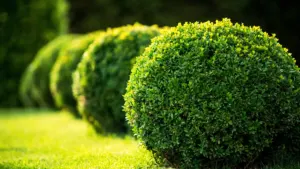

Leave your comment